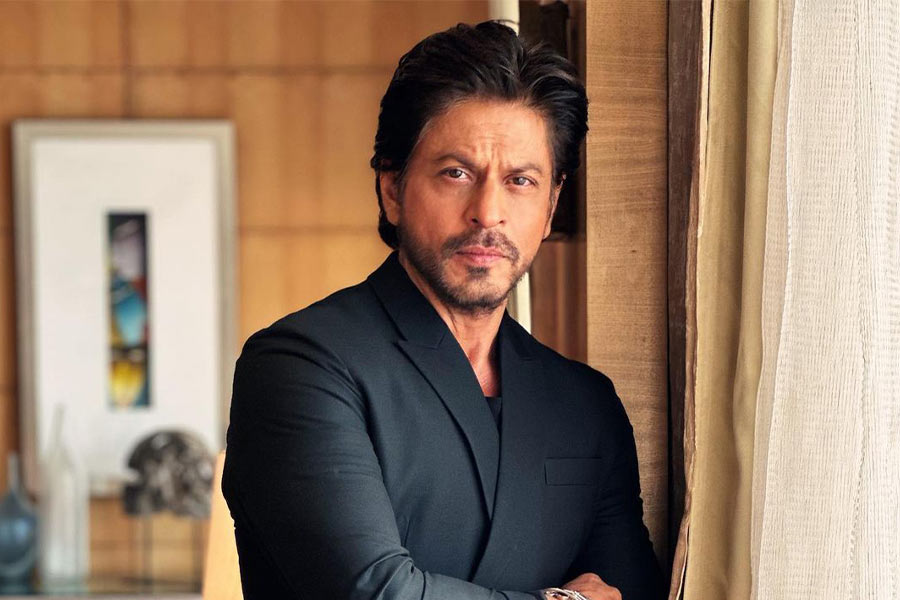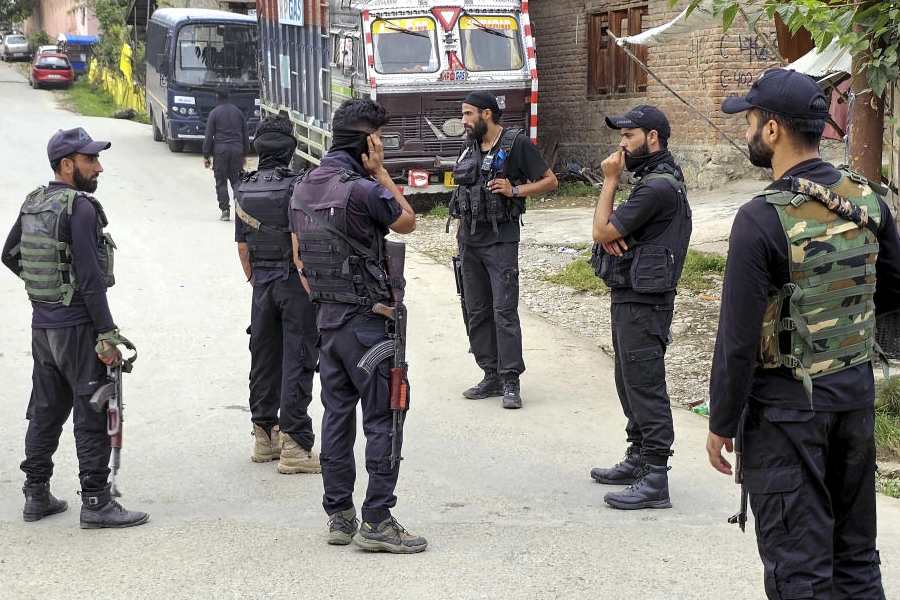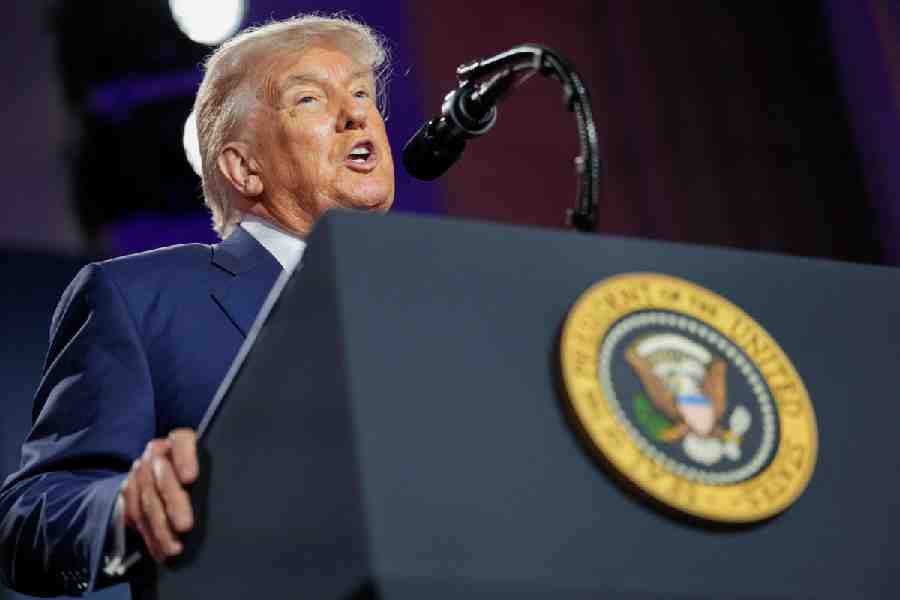 |
Wrath of the Titans brings the battle back to the mythical land of gods and monsters in a fight of cataclysmic proportions, bigger and bolder than ever before. And for our hero, Perseus, this time it’s personal.
“It’s an amazing adventure that takes Perseus to places no mortal has been before and pits him against enemies the likes of which no man has ever faced,” states director Jonathan Liebesman, who embraced the opportunity to work in one of his favourite genres while telling a story about facing your destiny. That is something, he says, “we all have to do eventually, if not quite as heroically as Perseus. The reason Greek mythology is so timeless is because it’s full of classic archetypes, as well as tragedy, comedy, betrayal, revenge.”
Having survived his first encounter with the Underworld in Medusa’s lair 10 years earlier, Perseus has tried to forget the demons of the past and live a tranquil fisherman’s life with his son. But he’s given no choice when the war comes to him, and despite trying to hide his demi-god identity for years, he can no longer deny his birthright… or his place on the battlefield.
“On his first quest, Perseus had lost everyone that mattered to him and was out for revenge, so on some level it probably didn’t matter to him if he lived or died,” Sam Worthington, who once again plays him, recalls. “But now he’s matured, has a kid he loves dearly, and is content with his life. He sees the world differently; he doesn’t want that world to change.”
But change it will, due in part to his sense of obligation to his father, the king of the gods, Zeus. Liam Neeson, who returns to the role, says he was eager for the chance to explore in greater depth the bond between fathers and sons, and also brothers. “Jonathan and the writers wanted to mine the difficult relationships between Zeus and his sons, Perseus and Ares, and his complex history with Hades and their own father, Kronos,” the actor notes. “That appealed to me greatly — the realism within a fantasy, the very human emotions driving this story that takes place in a fabled world.”
Ralph Fiennes, who reprises the role of Hades, adds, “I’ve always thought of the Greek gods as projections of human appetites and desires, especially when you think of our desire for immortality, eternal strength, eternal beauty and power. We can’t have those things, so we create these larger-than-life characters and fantastical stories.”
Also back on board for the epic adventure is producer Basil Iwanyk. “Jonathan loved the material as much as I did and, like I did, he also thought it was really fun to run around Tenerife and Wales and the UK, staging full-scale battles and fighting monsters,” Iwanyk smiles.
“We tried to make an epic film in every sense of the word — an inspiring story with powerful themes, massive creatures, kinetic action sequences, spectacular settings and iconic characters played by an incredibly talented cast,” Liebesman says.
A HERO’S RETURN
Worthington says he was interested in exploring the changes in his character after a decade or so has gone by in Perseus’ life. “Unlike before, he is now reluctant to join the fight. It’s not an easy decision, and his hesitation really comes from trying to determine what he feels is right: does he leave his son to help his father, or stay with his son and leave his father to do it alone?”
“In Greek mythology,” Liebesman notes, “the gods always neglect their human families. They’re very selfish. Perseus, despite being a demi-god, is trying to live a selfless life as a mortal, dedicated to raising his kid.”
Though onscreen enemies, Neeson and Fiennes are great comrades off camera, and enjoyed working together once more. “Ralph is a very dear friend, and it was terrific to have so many scenes with him this time around.”
Occasionally, though, the seriousness of their roles got to the pair. “We burst out laughing a few times,” Neeson continues, “because, well, there we were again in long wigs and beards and breast plates, me with my thunderbolt and he with his pitchfork.”
Fiennes adds, “Liam and I had much more interaction in this film than in the last, and some really strong scenes to play, which we loved. And to be working with a friend is always a good thing.”
Venezuelan actor Edgar Ramirez took on the part of Ares, embittered son of Zeus. Ramirez relished the role. “Ares enjoys fighting for the sake of fighting; the heat of battle is what ignites this character.”
The role of Agenor, who proves not only a surprisingly strong ally but also provides a fair amount of comic relief on the dangerous endeavour, is played by Toby Kebbell. “My character has no interest in the gods or the fact that he’s a demi-god,” Kebbell offers. “Perseus brings him around to realising that it’s their generation’s responsibility to take care of this mess with the powers that they possess.”
English actress Rosamund Pike plays Agenor’s captor, Queen Andromeda. “I liked Andromeda because she felt like a real heroine for girls. I think boys have so many action-hero role models in films, and there are fewer female characters like that. But Andromeda has changed a great deal from the end of the first film, when she was helpless and needed to be rescued. Now she’s queen of her country and leading her army in war. She’s a fighter, and is going to make sure she never needs to be rescued again.”
Once Perseus has gathered his forces, they set off at sea, under Agenor’s navigation, for the remote island home of Hephaestus. As the forger of Zeus’s thunderbolt, Hades’ pitchfork and Poseidon’s trident (collectively known as the Spear of Triam), as well as the architect of the Titans’ prison, Tartarus, Hephaestus has valuable knowledge that Perseus must obtain in order to save his father and the world from the wrath of Kronos. Once married to the beautiful goddess Aphrodite, the fallen god now lives alone, with only a few giant Cyclops and mechanical owl Bubo, back in another brief but memorable cameo, for company.
Hephaestus is played with a sense of demented delight by Bill Nighy. “If you take the simple fact that Hephaestus was born lame, rejected by his parents, thrown from Mount Olympus and fell for seven days before he hit land in the middle of nowhere, well… I like the extremity of that. It was quite cool to play this put-upon guy. I mean, he did marry the goddess of love, but then she slept with everybody he knew. So he never had it easy,” says Nighy.
ACTION AND ARMS
Wrath of the Titans includes numerous epic action sequences featuring hundreds of characters fighting, with a wide range of weapons at their disposal. Stunt coordinator Paul Jennings and supervising armourer Nick Komornicki both worked on the first film, and were eager to pick up where they left off, while upping the ante.
“You get to play with huge monsters and have big fights and jump around and pretend to be gods,” Jennings says. “It’s exciting and it’s great fun.”
This time around, though, Perseus has been living a peaceful, fight-free life, so Worthington and the filmmakers wanted to play him as a bit of a “rusty gunslinger. He hasn’t fought for 10 years, his punches aren’t as efficient as they once were and he’s not as adept at swordsmanship as he used to be,” the actor observes. “I liked that he has a little catching up to do, it brought a different dynamic to it and it was more fun for me to play. Every punch he takes and every punch he gives, hurts. He’s William Munny, but at 35.”
Komornicki and his team provided the soldiers and gods with over 1,500 arms as well, including a variety made from lightweight aluminum, rubber, or metal inlay, and also created the large working trebuchets for the final battle scene.
The film’s most important weapon is the symbolic and deadly Spear of Triam. Comprised of three individual pieces Hephaestus forged for the gods, it consists of Zeus’s thunderbolt, Poseidon’s trident and Hades’s pitchfork. It is the only instrument ever known to have defeated Kronos, and Perseus must somehow gather all three pieces in order to have a chance against the Titan this time around.
To enhance the moviegoers’ experience of the stunts and swordplay, the filmmakers chose to utilise a far more modern-day tool: 3D.
“We conceived the movie for 3D, choreographing shots and consulting our on-set stereographer between takes to ensure that we’d be able to use the technology to our greatest advantage,” Liebesman states.
“People go to the movies to be transported to worlds they’ve only dreamed about,” producer Iwanyk says. “I think that, with our creatures and our action and our scope and scale, it’s going to be exciting and immersive. The monsters and the fire and the dust and ash of the atmosphere are going to come right out into the audience. It’ll be crazy fun.”










